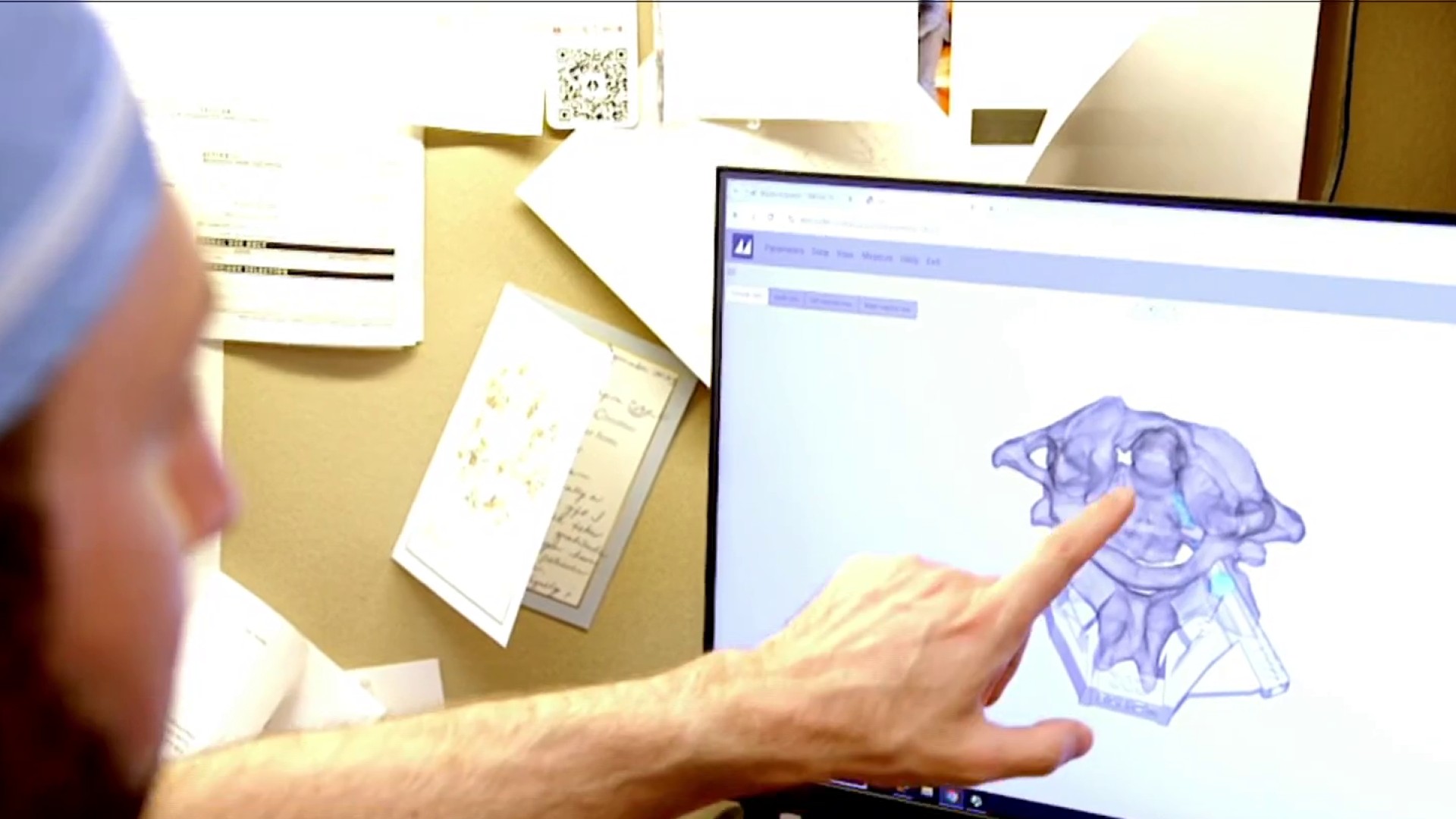Wake up! Daylight saving time is almost here — it will be time to move the clock forward on Sunday, March 12.
While added sun after the workday and the narrowing countdown to summer are exciting, it’s also important to prepare our bodies for the imminent change in sleep schedule.
The time change can be a difficult adjustment, especially for the little ones, but that doesn’t necessarily mean you have to lose sleep over it.
News4’s Eun Yang spoke to sleep consultant Dr. Kelsey Alford, who shared tips to ensure the whole family is prepared to spring forward.
We're making it easier for you to find stories that matter with our new newsletter — The 4Front. Sign up here and get news that is important for you to your inbox.
How to Adjust for Daylight Saving Time
Adjust bedtime by 10 minutes a day
Several days prior to the time change, Dr. Alford suggests adjusting your and your child’s bedtime. Start going to bed 10 minutes earlier every day. By the time you get to that Sunday, March 12, wake-up, you'll feel like you're on your natural schedule.
Health
Keep the room dark
Keep your bedroom dark to let your body know it’s still nighttime — and time for sleep. Blackout shades or blinds are a more permanent solution, but Alford recommends a slumber pod if you’re looking for a portable option for babies. The pod goes right over a pack-and-play and can be used after a baby is 4 months old.
Keep mealtimes consistent
While the clock on the wall may change, our stomachs’ clocks should stay the same. Alford says to keep mealtimes close to when you're used to eating. For instance, getting up earlier in the morning shouldn't mean eating breakfast earlier. So, if you usually pour your bowl of cereal at 7 a.m., try to hold off until 8 a.m.
Readjust your routine
It’s important to set your expectations of when the morning starts and when bedtime is. For adults and older children, Alford suggests staying in bed even if you wake up earlier. Just watch the clock for your intended wake-up time and roll out of bed then. For younger children, a color-changing toddler clock can help their bodies understand when it’s time to start their day. Use red when it's time for bed and green when it's time to get up in the morning.



